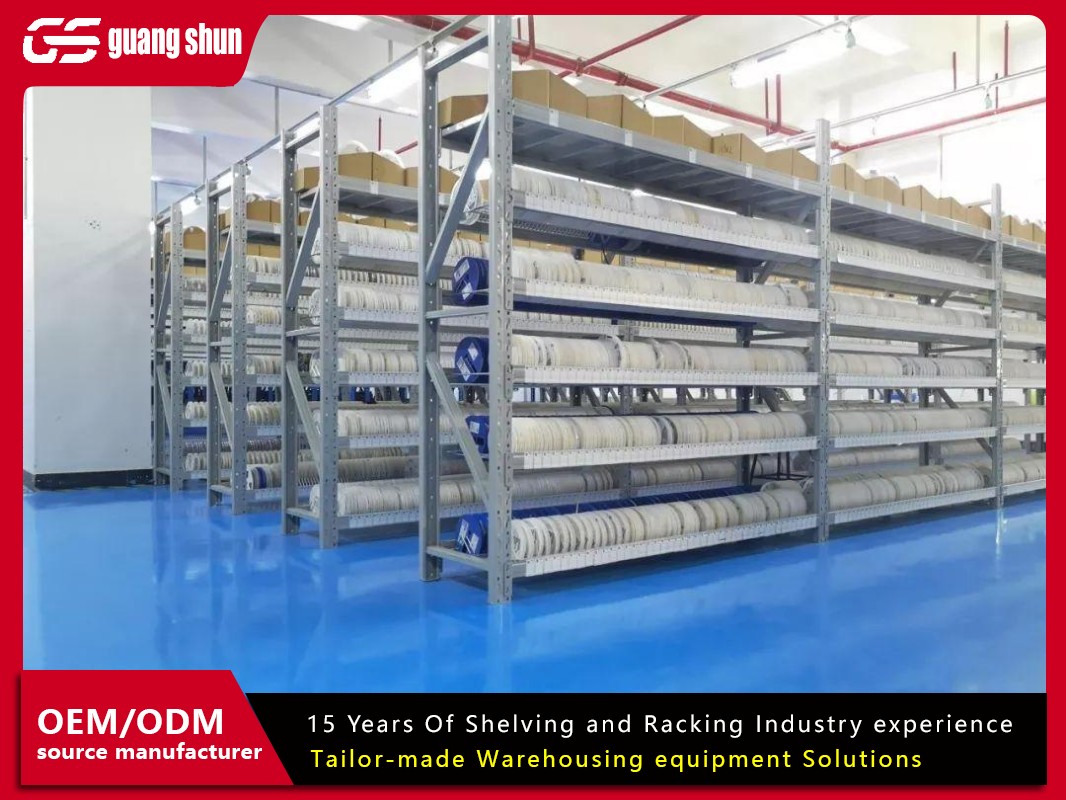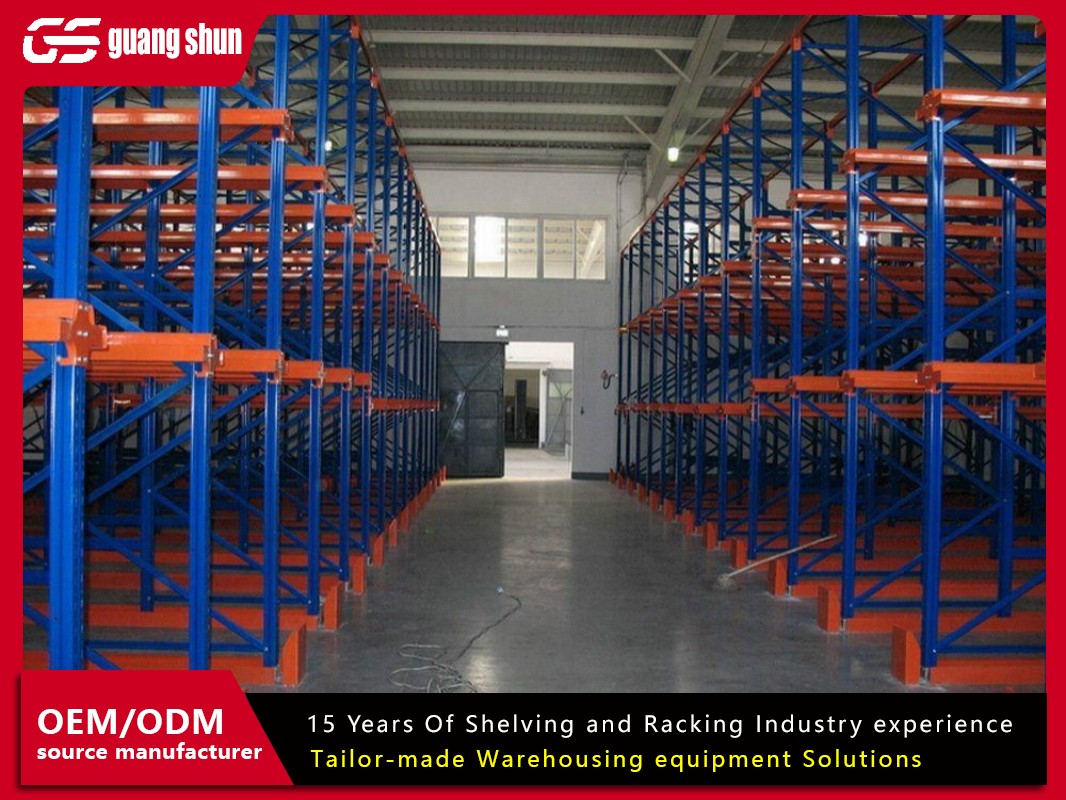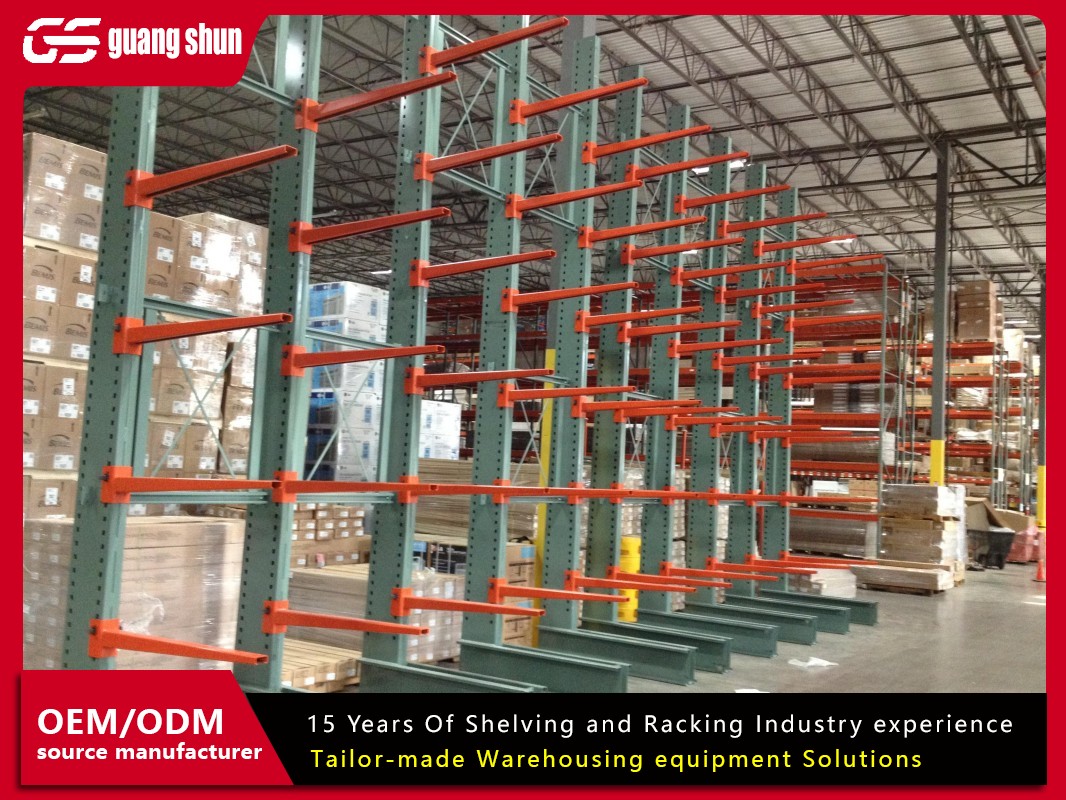When it comes to optimizing storage spaces in industrial settings, one term consistently stands out: racks industriales. These sturdy storage solutions are the backbone of countless warehouses and facilities worldwide, yet many businesses overlook their full potential. Imagine walking into a cluttered warehouse where items are haphazardly stacked, leading to wasted time, safety hazards, and lost revenue. Now, picture the same space transformed with organized, efficient racks industriales—every item accessible, space maximized, and operations flowing smoothly. This isn't just a dream; it's a reality for companies that invest in the right storage infrastructure. In this article, we'll dive into five essential aspects of racks industriales, covering everything from their basic types to practical benefits, helping you make informed decisions for your business. Whether you're in manufacturing, logistics, or retail, understanding these elements can revolutionize your storage strategy and drive productivity.
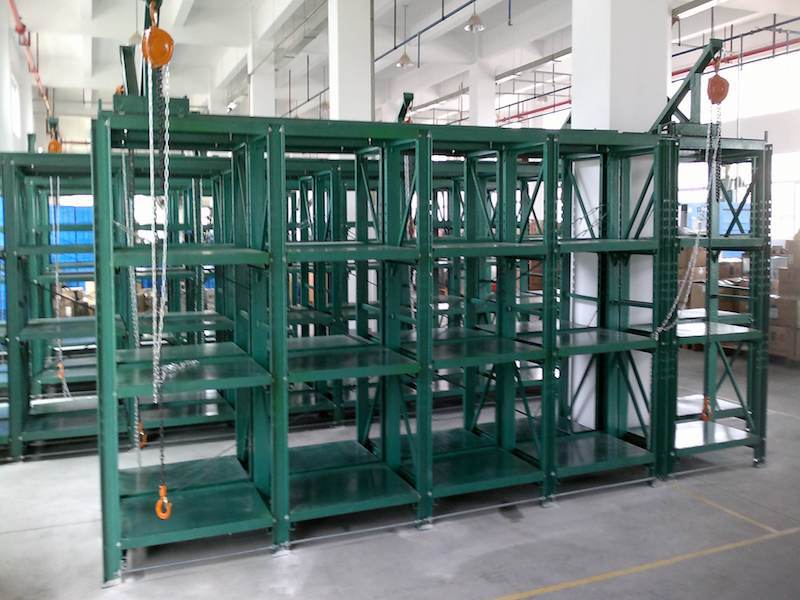
What Are Racks Industriales?
Racks industriales, or industrial racks, are specialized storage systems designed to handle heavy loads and optimize space in commercial and industrial environments. Unlike standard shelving, these structures are engineered for durability, often supporting pallets, machinery, and bulk materials. They come in various configurations, such as selective pallet racks, drive-in racks, and cantilever racks, each tailored to specific storage needs. For instance, selective racks allow direct access to every pallet, making them ideal for high-turnover inventory, while drive-in racks maximize density by allowing forklifts to enter the structure. The core purpose of racks industriales is to enhance vertical space utilization, reduce clutter, and improve inventory management. By incorporating robust materials like steel, they withstand harsh conditions and heavy usage, ensuring long-term reliability. In essence, racks industriales serve as a foundational element in modern supply chains, enabling businesses to scale operations efficiently while maintaining safety standards.
Major Benefits of Using Racks Industriales
Implementing racks industriales in your facility offers a multitude of advantages that extend beyond simple storage. First and foremost, they significantly increase storage capacity by leveraging vertical space. In many warehouses, floor area is limited and expensive; by stacking items safely upward, racks industriales can double or even triple available storage without expanding the footprint. This leads to cost savings on real estate and operational expenses. Secondly, these systems enhance accessibility and organization. With well-designed racks industriales, workers can quickly locate and retrieve items, reducing labor time and minimizing errors. This is crucial in fast-paced industries where speed translates to customer satisfaction. Additionally, racks industriales improve safety by reducing the risk of accidents caused by falling objects or disorganized piles. They are built to comply with industry standards, incorporating features like load beams and safety pins to prevent collapses. Moreover, by streamlining inventory flow, racks industriales support just-in-time practices and reduce product damage, ultimately boosting profitability. Overall, investing in quality racks industriales translates to a more efficient, safe, and scalable operation.
Common Applications in Various Industries
Racks industriales are versatile enough to serve a wide range of sectors, each benefiting from tailored configurations. In the logistics and distribution industry, for example, they are essential for managing high-volume inventories in warehouses. Here, racks industriales facilitate quick sorting and shipping, enabling companies to meet tight deadlines. The manufacturing sector relies on them for storing raw materials, work-in-progress items, and finished goods, ensuring a smooth production line. In retail, large-scale stores use racks industriales to backstock merchandise, allowing for efficient restocking and inventory control during peak seasons. Another key application is in cold storage facilities, where specialized racks industriales withstand low temperatures and humidity, preserving perishable goods. Even in automotive and aerospace industries, these racks handle heavy components like engines or wings, supporting precise assembly processes. By adapting to different environments, racks industriales prove to be indispensable tools that drive operational excellence across diverse fields.
Materials and Durability Considerations
The longevity and performance of racks industriales heavily depend on the materials used in their construction. Typically, high-strength steel is the go-to choice due to its resilience and load-bearing capacity. This material is often treated with coatings like powder coating or galvanization to resist corrosion, rust, and wear from daily use. For instance, in humid environments, galvanized racks industriales prevent deterioration, ensuring they last for decades. The design also plays a role in durability; features like reinforced uprights and bolted connections distribute weight evenly, preventing overloads and structural failures. When selecting racks industriales, it's important to consider factors like load capacity, environmental conditions, and compliance with safety standards. Regular inspections can identify issues like bent beams or loose components, allowing for timely maintenance. By prioritizing quality materials and robust engineering, businesses can avoid costly replacements and downtime, making racks industriales a smart long-term investment.
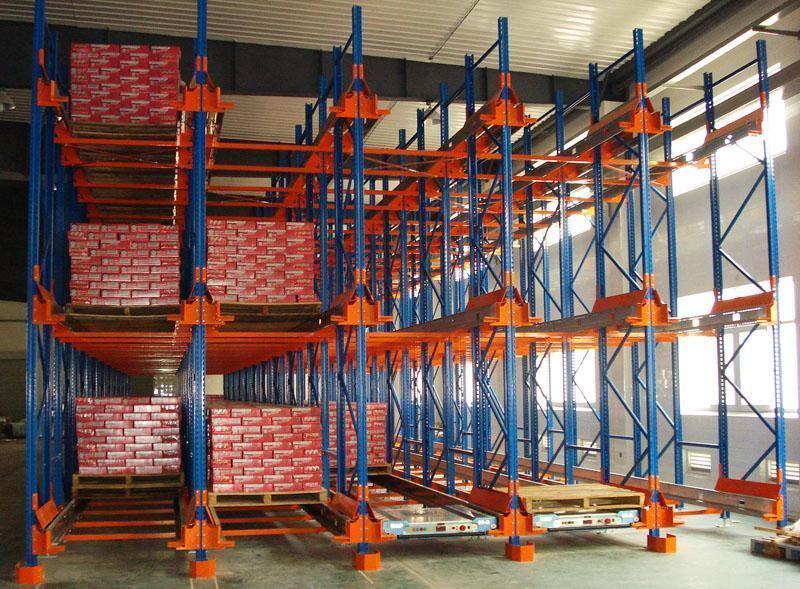
Installation and Maintenance Best Practices
Proper installation and maintenance are critical to getting the most out of your racks industriales. Installation should always be handled by professionals or trained staff to ensure compliance with safety regulations and manufacturer guidelines. This process involves assessing the floor strength, aligning components precisely, and securing anchors to prevent shifting. For example, uneven installation can lead to instability, increasing the risk of collapses. Once installed, regular maintenance is essential to uphold performance and safety. This includes routine inspections for damage, such as cracks or deformities, and cleaning to remove debris that could compromise integrity. It's also wise to train employees on proper usage, like avoiding overloading or impacts from machinery. Many companies implement scheduled audits and documentation to track the condition of their racks industriales, addressing issues before they escalate. By following these best practices, you can extend the lifespan of your storage systems and maintain a productive work environment.
In summary, racks industriales are more than just storage units—they are strategic assets that can transform industrial operations. From understanding their basic types and benefits to applying them across various industries and ensuring their durability through proper materials and maintenance, these five aspects highlight why they are essential for modern businesses. By integrating racks industriales into your facility, you can achieve greater efficiency, safety, and scalability. If you're considering an upgrade, focus on your specific needs and consult experts to tailor a solution that fits. Embrace the power of racks industriales to unlock your storage potential and drive sustainable growth.
Frequently Asked Questions
Q1: What are the main types of racks industriales available?
A1: The main types of racks industriales include selective pallet racks, which allow direct access to each load; drive-in and drive-through racks, designed for high-density storage with limited accessibility; cantilever racks, ideal for long or bulky items; and mobile racks, which save space by moving on tracks. Each type serves different storage needs, so it's important to choose based on your inventory and space requirements.
Q2: How do I determine the right load capacity for racks industriales?
A2: To determine the right load capacity for racks industriales, consider the weight and dimensions of your stored items, as well as the frequency of access. Consult with a structural engineer or supplier to perform a load analysis, ensuring the racks meet safety standards. Always factor in potential future needs to avoid overloading, which can compromise safety.
Q3: Can racks industriales be customized for specific warehouse layouts?
A3: Yes, racks industriales can be highly customized to fit specific warehouse layouts, including irregular spaces or height restrictions. Manufacturers often offer modular designs that can be adjusted for aisle width, beam levels, and overall dimensions. This flexibility allows businesses to maximize their unique storage environments efficiently.
Q4: What safety features should I look for in racks industriales?
A4: Key safety features in racks industriales include load-bearing certifications, anti-collapse mechanisms like safety pins and beam locks, and protective elements such as column guards and end-of-aisle protectors. Additionally, ensure they comply with local regulations and undergo regular inspections to prevent accidents and maintain a safe workplace.
Q5: How often should racks industriales be inspected and maintained?
A5: Racks industriales should be inspected at least annually by a qualified professional, with more frequent checks—such as monthly or quarterly—if they experience heavy use or are in high-risk environments. Regular maintenance includes checking for damage, tightening bolts, and cleaning. Immediate inspections are recommended after any impact or overload incident to ensure ongoing safety and performance.



